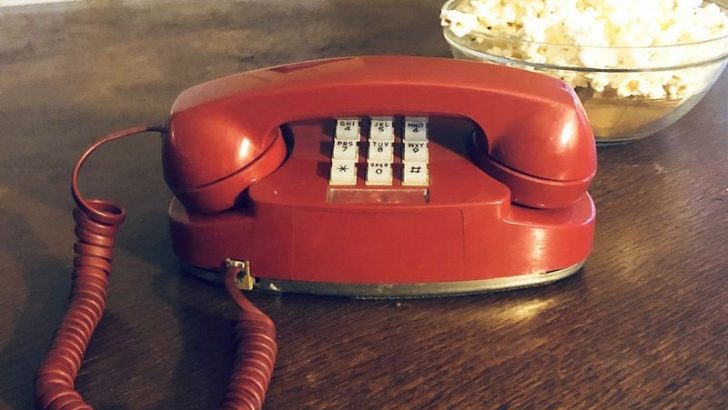In an age dominated by sleek smartphones and 24/7 connectivity, the humble landline phone might seem like a relic of the past. However, there’s a certain charm to those vintage devices that leaves us longing for simpler times. Remember the days when you didn’t have to worry about battery life or signal strength, and prank calls were the highlight of a sleepover? Landlines weren’t just phones; they were lifelines that connected families and communities. As we explore the reasons why we secretly miss these classic communication tools, prepare for a trip down memory lane with a touch of nostalgia and a sprinkle of humor.
1. Reliability Unmatched
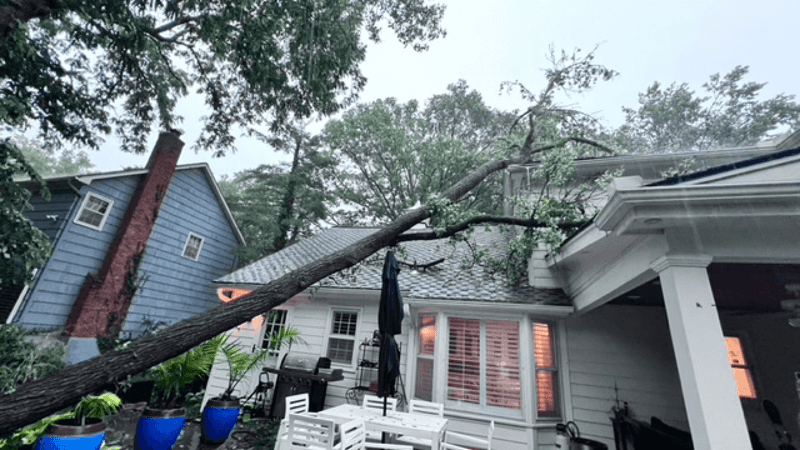
During stormy weather or power outages, landline phones were always there to keep us connected. Remember the reassurance they provided, knowing that a call would go through no matter the condition? These sturdy devices never needed charging and always had a clear signal. Families gathered around them, sometimes under candlelight, eager to speak to loved ones. The solid, dependable nature of a landline phone was not just a practical asset but a comforting presence in the home. In today’s fast-paced world of smartphones and ever-draining batteries, that kind of reliability feels like a luxury.
2. Shared Family Moments

Remember the days when the phone rang, and everyone in the family wondered who it might be? Landlines fostered communal experiences by bringing family members together to answer calls. The excitement of picking up the receiver, sharing news, and hearing distant voices brought joy to every household. Conversations weren’t for just one person; they were group events. The shared experience of waiting for a call or listening in on a conversation created memories that lasted a lifetime. Today, personal smartphones have privatized these moments, making us miss those collective family experiences.
3. Tactile Satisfaction
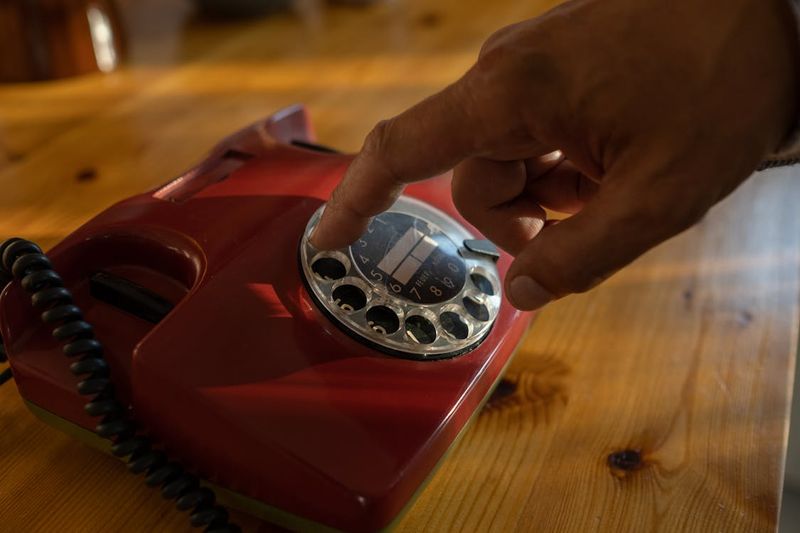
There’s a certain joy in dialing a rotary phone that modern touchscreens can’t replicate. The tactile sensation of turning the dial and hearing the click with each number was satisfying. It required patience and precision, turning every call into a mini-event. The whole process was a ritual, and the anticipation built with every spin of the dial. In contrast, today’s digital interfaces, though efficient, lack that immersive experience. The rotary dial was a simple pleasure that added a tactile dimension to our daily communication, now a nostalgic memory.
4. Distinctive Ringtones
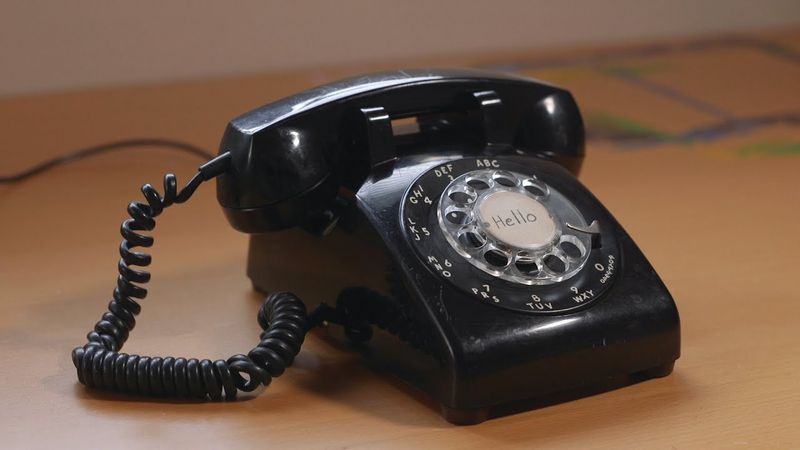
The unmistakable sound of a landline phone ringing could be heard throughout the house. Unlike the personalized ringtones of today, landline rings were loud and clear, demanding attention instantly. It was a call to action, urging everyone to answer before it stopped. Forget about setting specific tones for different contacts; the sound was universal, and it meant business. It was the kind of sound that could bring everyone rushing to the phone, creating urgency and excitement. This classic ring is now a rare sound, often evoking a wave of nostalgia.
5. Prank Call Memories
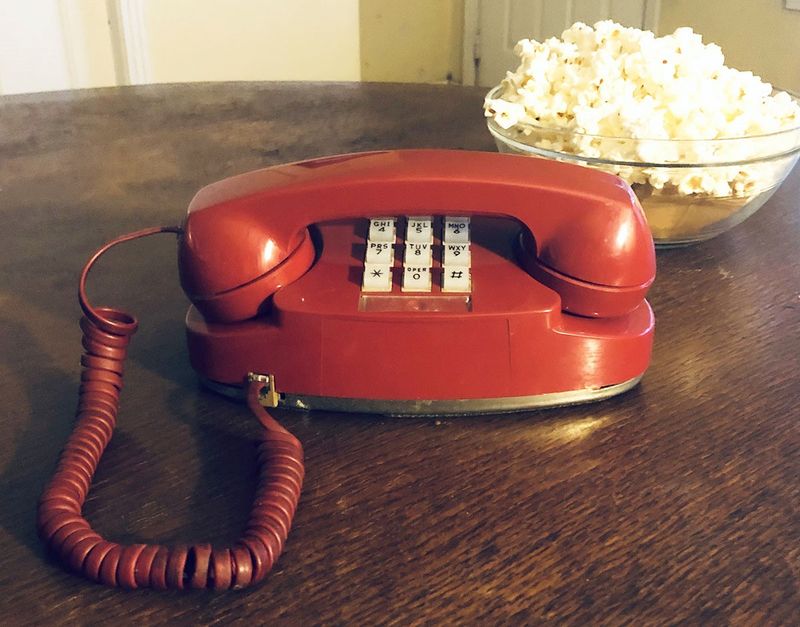
Who can forget the thrill of making a prank call, trying to suppress laughter while keeping a straight voice? Landline phones were the ultimate tools for childhood mischief, providing endless entertainment. Whether it was asking if the refrigerator was running or pretending to be someone else, these calls were a staple of youthful creativity. It was a game of wit and humor, often shared among friends during sleepovers. The anonymity and simplicity of landlines made prank calls a unique pastime, now replaced by caller ID and text messages.
6. Corded Connection

The iconic coiled cord of a landline phone was both a physical and emotional tether. It allowed us to pace around the room, twirling the cord in hand while deep in conversation. This tactile connection made calls feel more intimate and grounded. Unlike today’s wireless devices, the cord was a constant reminder of the connection to another person. It was a simple pleasure to stretch the cord to its limit, feeling the tension and release. Now, the sight of a coiled cord brings back fond memories of endless chats and tangled fun.
7. Privacy Without Screens

Landline phones offered a sense of privacy that’s hard to come by today. Without screens to distract us, conversations were more focused and personal. You could retreat to a quiet corner of the house and have a meaningful chat without the interruptions of notifications. The physicality of the phone allowed for a dedicated space for communication, free from the distractions of modern technology. This privacy fostered deeper connections and more thoughtful conversations, a stark contrast to the multitasking nature of today’s digital world.
8. Memorable Phone Numbers
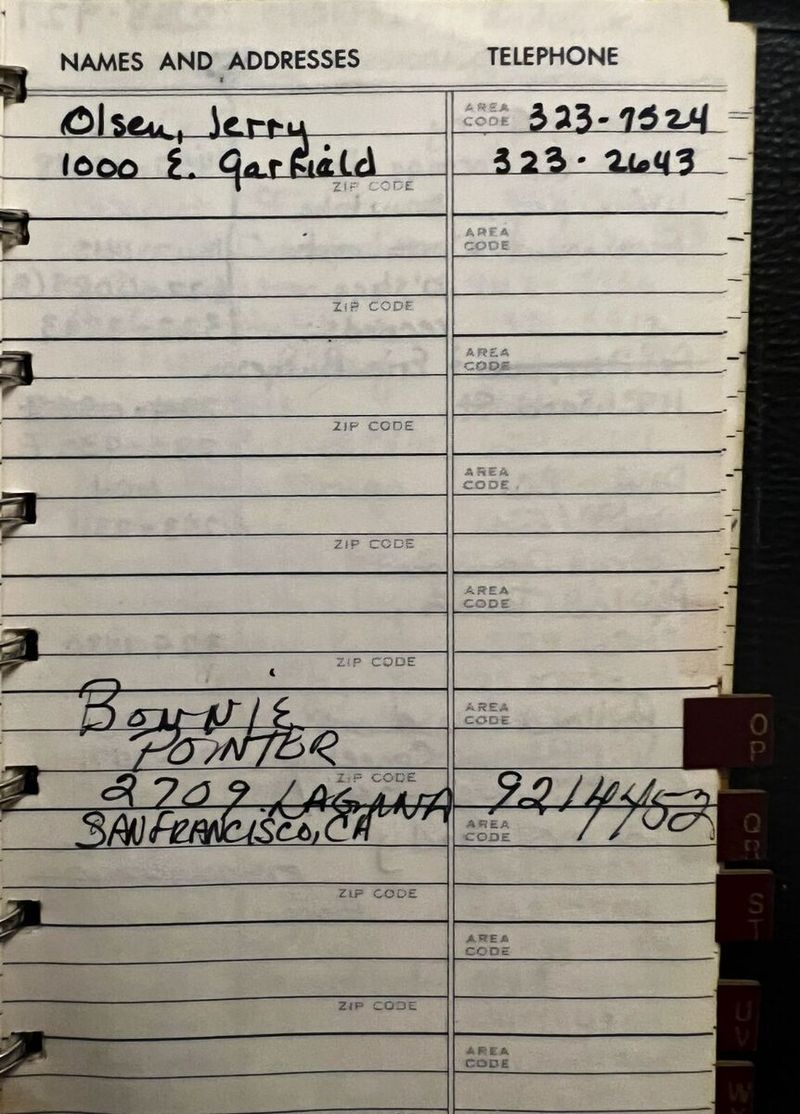
The art of memorizing phone numbers is slowly fading, thanks to smartphone contact lists. With landlines, everyone had a mental Rolodex of important numbers, from family to friends. Remembering phone numbers was a skill, and losing a handwritten address book felt like losing a piece of personal history. The effort to remember numbers created a sense of connection and responsibility. Today, this personal touch is lost amidst digital convenience. The nostalgia for those days when numbers meant more than just digits is undeniable, as they were links to cherished memories.
9. Community Connection

Landline phones were more than just individual communication devices; they were hubs for community interaction. Neighbors would often drop by to make a call or share news, fostering a sense of community. The shared use of a phone brought people together, strengthening bonds and creating a network of support. This communal access to communication is now rare, as personal devices encourage isolation. The landline was a centerpiece for social interaction, reminding us of a time when communication was a shared experience, building a more connected community.

Well, hello there!
My name is Jennifer. Besides being an orthodontist, I am a mother to 3 playful boys. In this motherhood journey, I can say I will never know everything. That’s why I always strive to read a lot, and that’s why I started writing about all the smithereens I came across so that you can have everything in one place! Enjoy and stay positive; you’ve got this!

